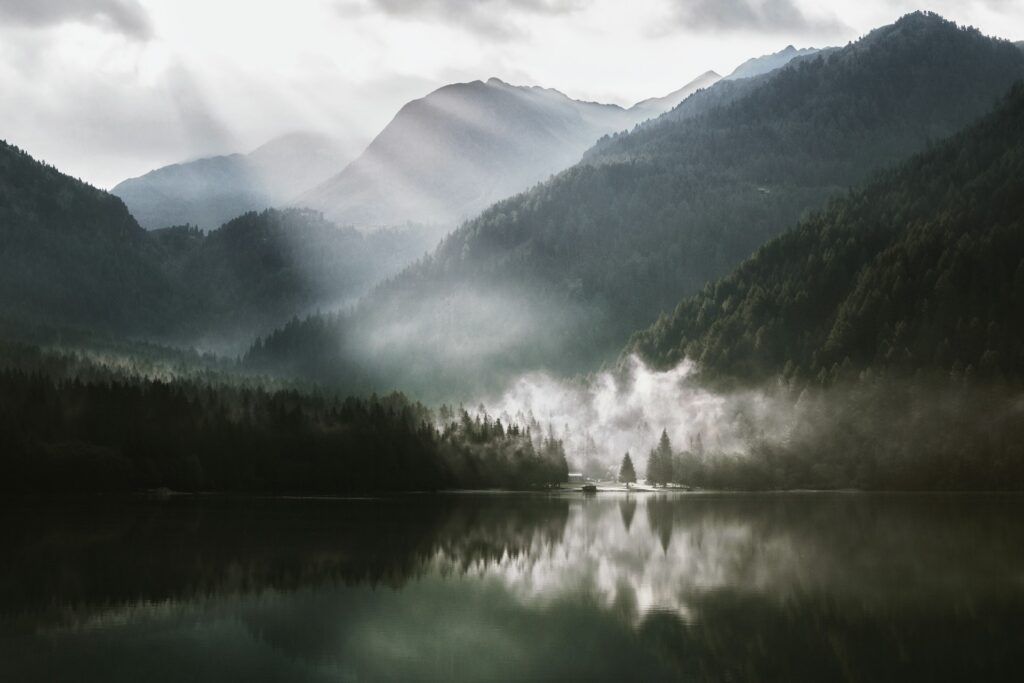Using a telephoto in your landscapes might seem…odd?
We often think of the wide angle lens as being the weapon of choice for the experienced landscape photographer. This may often be the case but any landscape photographer worth his salt will have a telephoto lens in his kitbag too, be it a zoom or prime.
To newcomers, shooting landscapes with telephotos might seem like a strange concept, but it’s really not. Let me explain.
Landscapes are not just about capturing majestic scenery in its entirety but also about isolating details within those scenes.
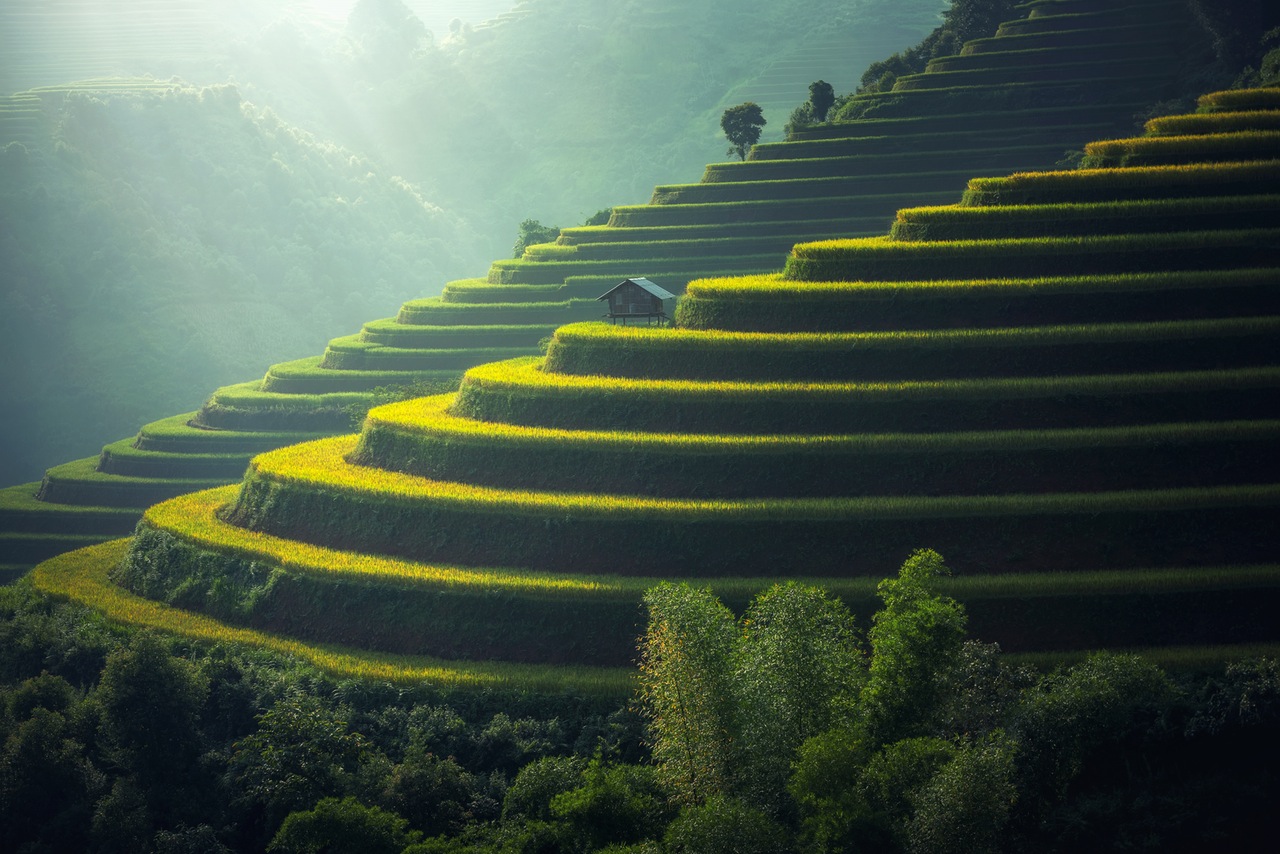
Today we are going to look at why you should be using a telephoto in your landscapes and one or two of the issues you might encounter when doing so.
Isolating Your Subject
Very often there are elements within a landscape scene that cry out for a picture of their own. It might be a pretty cottage with a smoking chimney or a boat reflecting on the mirrored surface of a lake.
These details that go to make up a grand landscape will often stand up as great images on their own. Getting to them, however, might be difficult or impossible.
Time to bring out the long lens and isolate them.
By carrying a telephoto you can give yourself many more options when shooting a landscape. A wide angle might give you one grand sweeping vista, but putting on a telephoto could add another five great shots and help create a story.
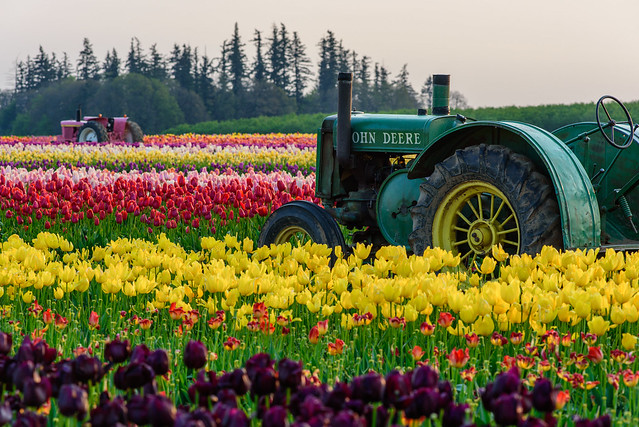
Long lenses are great for isolating subjects in a landscape.
Eliminating Clutter
This is perhaps the opposite to isolating a subject. It is very very rare that we come across the “perfect landscape.” Often man has added elements such as power lines or gas stations that can completely ruin the composition.
The answer? Crop those unwanted elements out using a moderate telephoto lens.
Light and Shade
One of the vital elements of great landscapes is great light. Sometimes, however, that light might only be falling on a specific part of the scene.
Shoot with a wide angle and the beautiful light and shade might be incidental to the overall scene. Put on a long lens however and you can capture the detail and beauty of that light and shade.
It could be the late afternoon sun casting shadows on a mountain, or the light striking an undulating field of corn. By zooming in, we can isolate the light and give a sense of dimension to our shots.
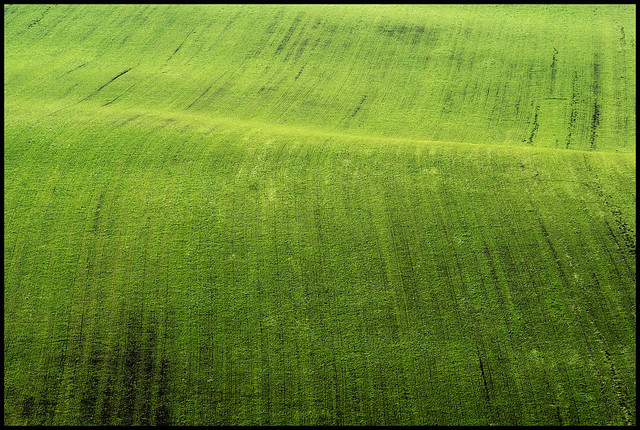
An example of light and shade in a landscape.
The Perspective
Another big reason for using a telephoto in your landscapes is the way the perspective looks. The compressed perspective of a long lens can give the appearance that elements of the scene are much closer together than they are in reality.
The compressed perspective often plays well with the light and shade mentioned above. A light foreground and shaded background can create a feeling of three dimensions.
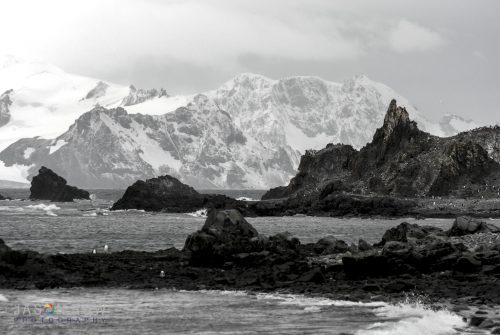
Panoramics
Another interesting use of a telephoto is in panoramas. By stitching together several shots with a moderate telephoto, you can create an image with a similar field of view to a wide angle but with more detail and definition to it.
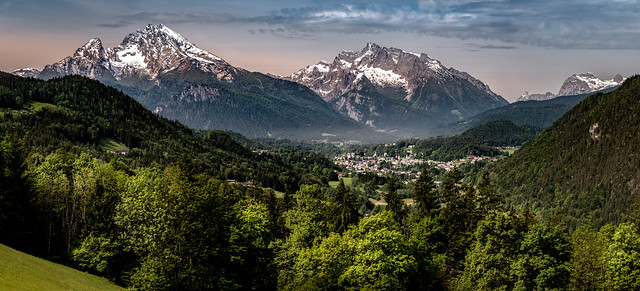
Stitched panoramic using a 105mm lens.
Let's now take a look at some of the issues you might encounter when using a telephoto for landscape photography.
1. Camera Shake
First and foremost is camera shake.
That increase in focal length is going to magnify any slight tremor to the camera. Whilst you might be using a tripod if it’s not solid and stable even a stiff breeze can cause camera shake.
This might not even be noticeable on the LCD but can manifest itself as an overall loss of sharpness when viewing at home. Just be aware of this.
2. Your Filters
Secondly, filters. You will almost certainly use filters on your wide angle lenses but some filters do not work as well on telephotos.
A polarizer will still work, but its effect will not be as visually pronounced as on a wide angle lens. You need to take care if using graduated NDs too as they need much more fine movement on a telephoto to get them in the right place.
3. Zoom or Prime?
Lastly, do you take a zoom or a prime telephoto?
There is, of course, no easy answer to this although personally, I would lean towards a zoom. The reasoning is that we often cannot physically move in closer on a landscape and a fixed focal length can limit our ability to isolate both subjects and light and shade.
On the flip side, primes are often faster, lighter and cheaper than zooms.
Summary
Telephoto lenses should be seen as an important part of a landscape photographer’s kit. They open up many more possibilities within each scene as well as giving different options for compositions. Do you have a favorite telephoto for landscapes?
Further Resources
- A Fan of the Great Outdoors? Here are the BEST Filters for Great Landscapes by Jason Row
- How to Make a Panorama – A Simple Tutorial by Dzvonko Petrovski
- The Beauty of the Super Long Telephoto Lens by Kent DuFault
- Thinking About Using A Wide Angle Lens? Here’s 5 Reasons You Should! by Dzvonko Petrovski
Further Learning
The Landscape Photography Guide. Because shooting landscapes isn't easy!
By Kent DuFault.


